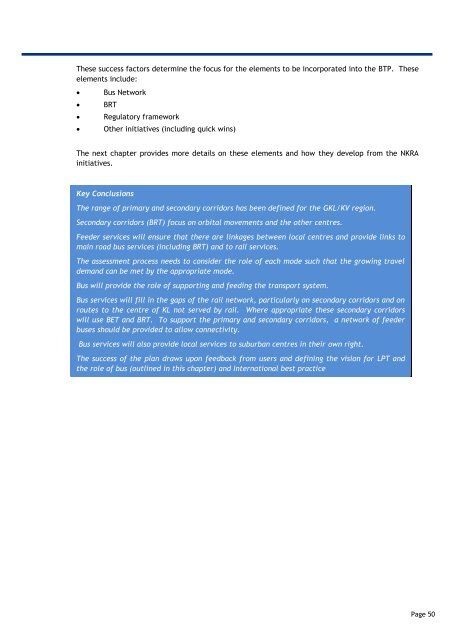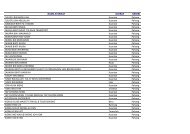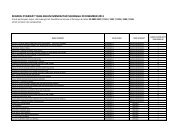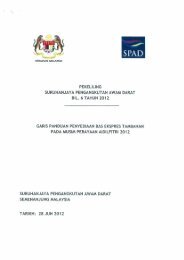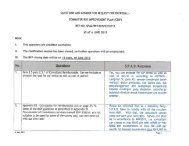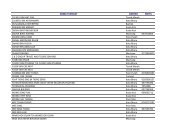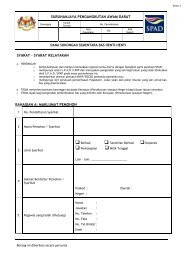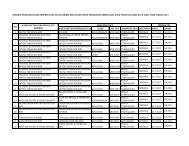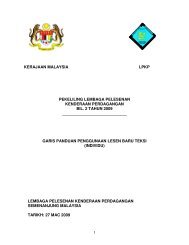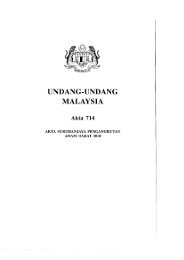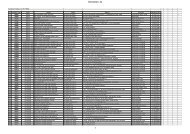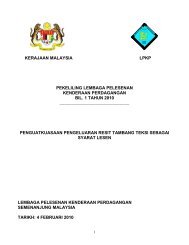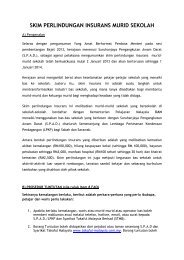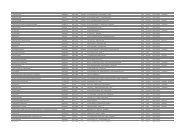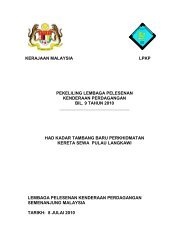Contents - SPAD
Contents - SPAD
Contents - SPAD
You also want an ePaper? Increase the reach of your titles
YUMPU automatically turns print PDFs into web optimized ePapers that Google loves.
These success factors determine the focus for the elements to be incorporated into the BTP. These<br />
elements include:<br />
<br />
<br />
<br />
<br />
Bus Network<br />
BRT<br />
Regulatory framework<br />
Other initiatives (including quick wins)<br />
The next chapter provides more details on these elements and how they develop from the NKRA<br />
initiatives.<br />
Key Conclusions<br />
The range of primary and secondary corridors has been defined for the GKL/KV region.<br />
Secondary corridors (BRT) focus on orbital movements and the other centres.<br />
Feeder services will ensure that there are linkages between local centres and provide links to<br />
main road bus services (including BRT) and to rail services.<br />
The assessment process needs to consider the role of each mode such that the growing travel<br />
demand can be met by the appropriate mode.<br />
Bus will provide the role of supporting and feeding the transport system.<br />
Bus services will fill in the gaps of the rail network, particularly on secondary corridors and on<br />
routes to the centre of KL not served by rail. Where appropriate these secondary corridors<br />
will use BET and BRT. To support the primary and secondary corridors, a network of feeder<br />
buses should be provided to allow connectivity.<br />
Bus services will also provide local services to suburban centres in their own right.<br />
The success of the plan draws upon feedback from users and defining the vision for LPT and<br />
the role of bus (outlined in this chapter) and International best practice<br />
Page 50


